Thermal Conductivity of Amorphous and Crystalline Polyethylene: A Molecular Dynamics Study
DOI: 10.23977/jmpd.2023.070307 | Downloads: 52 | Views: 1995
Author(s)
Haoyu Chen 1
Affiliation(s)
1 Freelance
Corresponding Author
Haoyu ChenABSTRACT
In recent years, driven by rapid advances in polymer thermal applications such as thermal interface and thermoelectric materials, the complexities of heat transport in polymers have gained substantial attention. However, systematically investigating thermal conductivity across different polymer states remains a substantial challenge. Thus, we present a method for studying thermal conductivity in amorphous and crystalline polyethylene (PE) via molecular dynamics simulations. We investigate temperature, chain length, chain quantities, and tensile strain effects. Our results reveal a distinct trend in PE's thermal conductivity—initial increase followed by decrease. Chain length correlates positively, while chain counts correlate negatively with thermal conductivity. Additionally, stretching and crystallization notably enhance PE's heat transport, mainly due to optimized chain arrangement. This study comprehensively assesses diverse factors influencing PE's thermal conductivity, offering practical guidance for future experiments to enhance polymer thermal conductivity.
KEYWORDS
Polyethylene; Thermal conductivity; Molecular dynamics; Tensile strainCITE THIS PAPER
Haoyu Chen, Thermal Conductivity of Amorphous and Crystalline Polyethylene: A Molecular Dynamics Study. Journal of Materials, Processing and Design (2023) Vol. 7: 43-51. DOI: http://dx.doi.org/10.23977/jmpd.2023.070307.
REFERENCES
[1] Xu, S., Shi, X.-L., Dargusch, M., Di, C., Zou, J., Chen, Z.-G. Conducting Polymer-Based Flexible Thermoelectric Materials and Devices: From Mechanisms to Applications. Progress in Materials Science 2021, 121, 100840. https://doi. org/10.1016/j.pmatsci.2021.100840.
[2] Ma, H., Gao, B., Wang, M., Yuan, Z., Shen, J., Zhao, J., Feng, Y. Strategies for Enhancing Thermal Conductivity of Polymer-Based Thermal Interface Materials: A Review. J Mater Sci 2021, 56 (2), 1064–1086. https://doi. org/ 10. 1007/s10853-020-05279-x.
[3] Huang, C., Qian, X., Yang, R. Thermal Conductivity of Polymers and Polymer Nanocomposites. Materials Science and Engineering: R: Reports 2018, 132, 1–22. https://doi.org/10.1016/j.mser.2018.06.002.
[4] Park, Y., You, M., Shin, J., Ha, S., Kim, D., Heo, M. H., Nah, J., Kim, Y. A., Seol, J. H. Thermal Conductivity Enhancement in Electrospun Poly(Vinyl Alcohol) and Poly(Vinyl Alcohol)/Cellulose Nanocrystal Composite Nanofibers. Sci Rep 2019, 9 (1), 3026. https://doi.org/10.1038/s41598-019-39825-8.
[5] Singh, V., Bougher, T. L., Weathers, A., Cai, Y., Bi, K., Pettes, M. T., McMenamin, S. A., Lv, W., Resler, D. P., Gattuso, T. R., Altman, D. H., Sandhage, K. H., Shi, L., Henry, A., Cola, B. A. High Thermal Conductivity of Chain-Oriented Amorphous Polythiophene. Nature Nanotech 2014, 9 (5), 384–390. https://doi.org/10.1038/nnano.2014.44.
[6] Shen, S., Henry, A., Tong, J., Zheng, R., Chen, G. Polyethylene Nanofibres with Very High Thermal Conductivities. Nature Nanotech 2010, 5 (4), 251–255. https://doi.org/10.1038/nnano.2010.27.
[7] Zhang, T., Luo, T. Role of Chain Morphology and Stiffness in Thermal Conductivity of Amorphous Polymers. J. Phys. Chem. B 2016, 120 (4), 803–812. https://doi.org/10.1021/acs.jpcb.5b09955.
[8] Luo, D., Huang, C., Huang, Z. Decreased Thermal Conductivity of Polyethylene Chain Influenced by Short Chain Branching. Journal of Heat Transfer 2018, 140 (3), 031302. https://doi.org/10.1115/1.4038003.
[9] Müller-Plathe, F. A Simple Nonequilibrium Molecular Dynamics Method for Calculating the Thermal Conductivity. The Journal of Chemical Physics 1997, 106 (14), 6082–6085. https://doi.org/10.1063/1.473271.
[10] Dubi, Y., Di Ventra, M. Fourier’s Law: Insight from a Simple Derivation. Phys. Rev. E 2009, 79 (4), 042101. https://doi.org/10.1103/PhysRevE.79.042101.
[11] Blomqvist, J. RIS Metropolis Monte Carlo Studies of Poly(l-Lactic), Poly(l,d-Lactic) and Polyglycolic Acids. Polymer 2001, 42 (8), 3515–3521. https://doi.org/10.1016/S0032-3861(00)00704-7.
[12] Fan, H. B., Yuen, M. M. F. Material Properties of the Cross-Linked Epoxy Resin Compound Predicted by Molecular Dynamics Simulation. Polymer 2007, 48 (7), 2174–2178. https://doi.org/10.1016/j.polymer.2007.02.007.
[13] Gal, N., Lechtman-Goldstein, D., Weihs, D. Particle Tracking in Living Cells: A Review of the Mean Square Displacement Method and Beyond. Rheol Acta 2013, 52 (5), 425–443. https://doi.org/10.1007/s00397-013-0694-6.
[14] Mergenthaler, D. B., Pietralla, M., Roy, S., Kilian, H. G. Thermal Conductivity in Ultraoriented Polyethylene. Macromolecules 1992, 25 (13), 3500–3502. https://doi.org/10.1021/ma00039a030.
| Downloads: | 4090 |
|---|---|
| Visits: | 253560 |
Sponsors, Associates, and Links
-
Forging and Forming

-
Composites and Nano Engineering
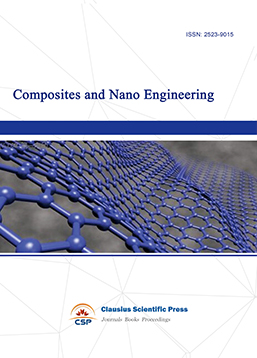
-
Metallic foams
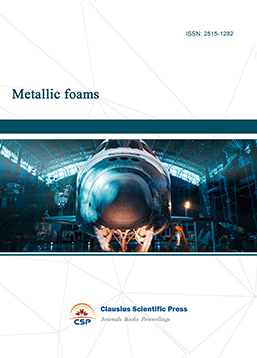
-
Smart Structures, Materials and Systems

-
Chemistry and Physics of Polymers
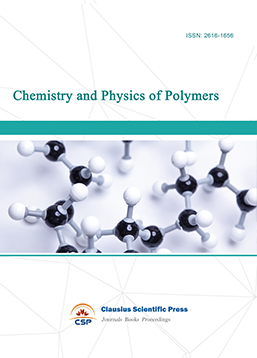
-
Analytical Chemistry: A Journal
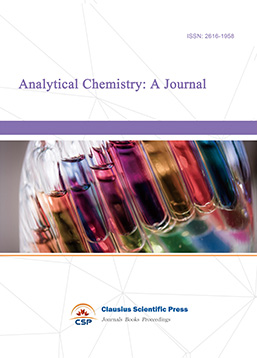
-
Modern Physical Chemistry Research
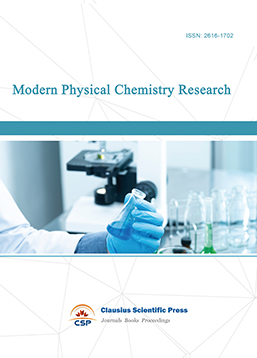
-
Inorganic Chemistry: A Journal

-
Organic Chemistry: A Journal
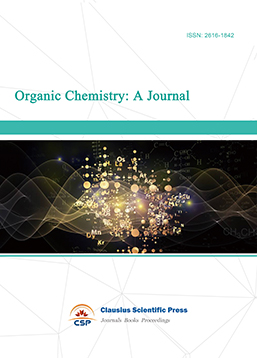
-
Progress in Materials Chemistry and Physics

-
Transactions on Industrial Catalysis
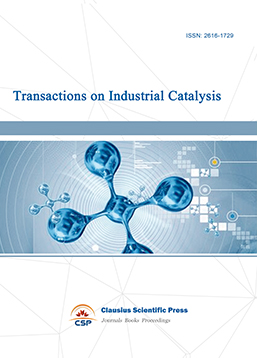
-
Fuels and Combustion

-
Casting, Welding and Solidification
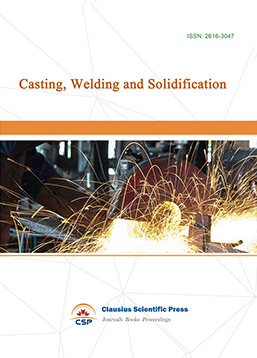
-
Journal of Membrane Technology
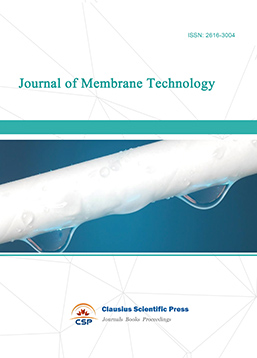
-
Journal of Heat Treatment and Surface Engineering
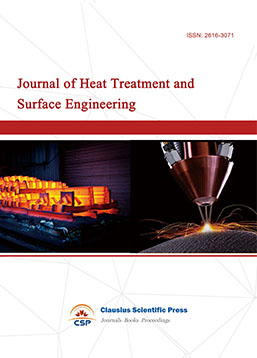
-
Trends in Biochemical Engineering

-
Ceramic and Glass Technology

-
Transactions on Metals and Alloys
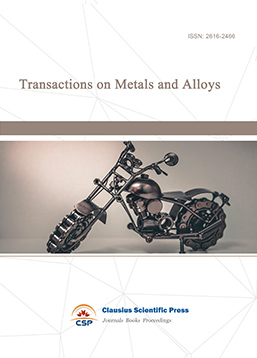
-
High Performance Structures and Materials
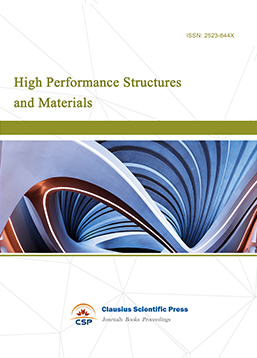
-
Rheology Letters

-
Plasticity Frontiers

-
Corrosion and Wear of Materials

-
Fluids, Heat and Mass Transfer

-
International Journal of Geochemistry
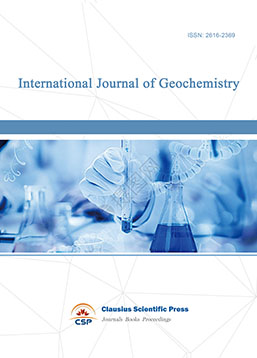
-
Diamond and Carbon Materials
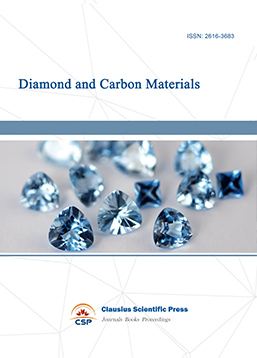
-
Advances in Magnetism and Magnetic Materials
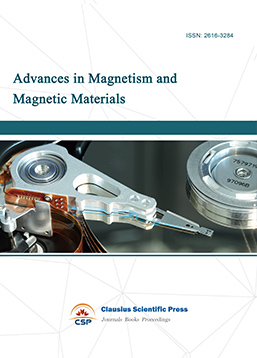
-
Advances in Fuel Cell

-
Journal of Biomaterials and Biomechanics
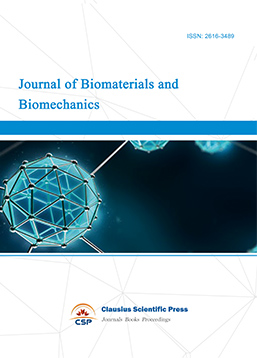

 Download as PDF
Download as PDF